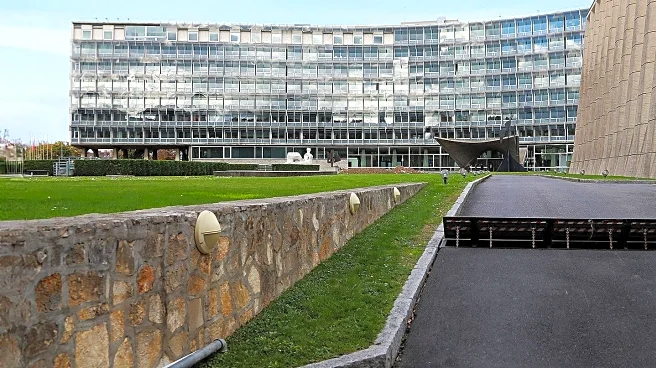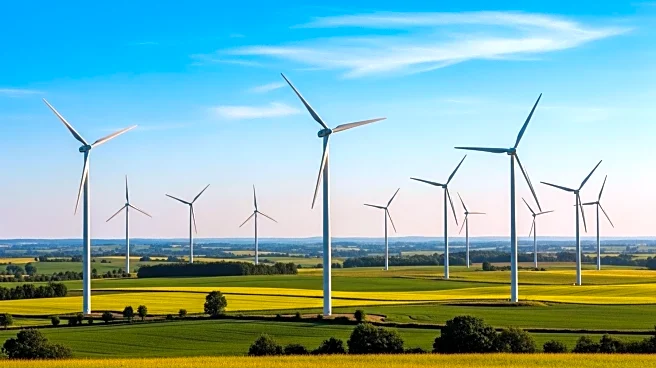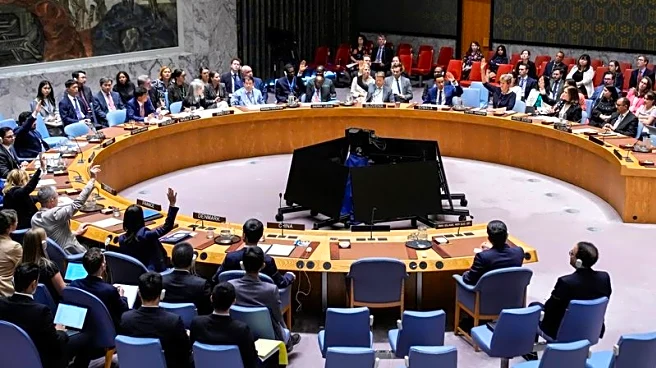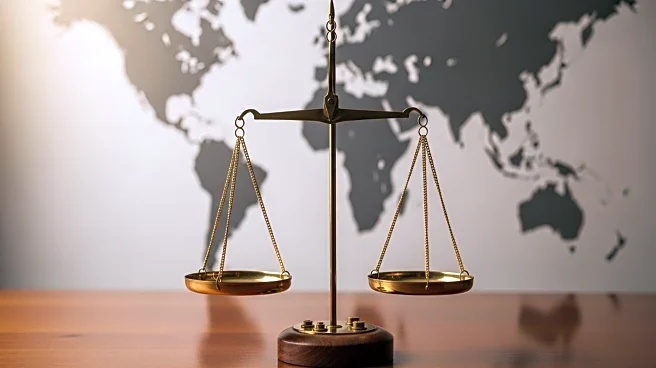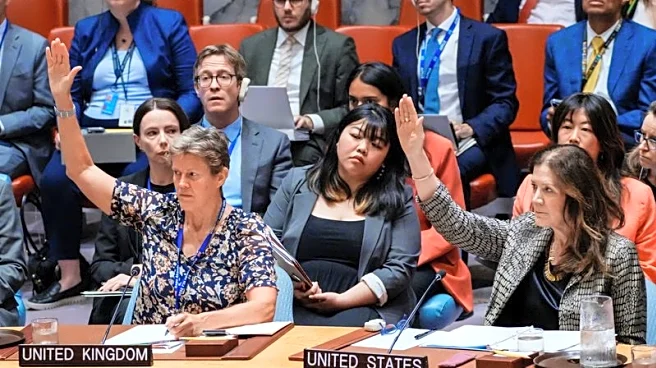What's Happening?
The Centre International d’Art et du Paysage—Île de Vassivière (CIAPV), located in the rural Plateau de Millevaches in Nouvelle-Aquitaine, France, is implementing strategies to reduce its carbon footprint. Despite its low emissions, the centre's visitor-related emissions are significant due to limited public transportation options. Executive Director Alexandra McIntosh is leveraging the island's natural environment to enhance biodiversity and reduce environmental impact. Initiatives include rewilding open fields, creating a test forest, and planting pollinating flowers. These efforts aim to balance the centre's international appeal with ecological responsibility.
Why It's Important?
CIAPV's approach to environmental sustainability reflects broader challenges faced by rural arts centers globally. By integrating ecological practices, the centre is setting an example for balancing cultural programming with environmental stewardship. This initiative could influence similar institutions to adopt sustainable practices, contributing to global efforts to combat climate change. The focus on biodiversity and natural resource management highlights the importance of ecological considerations in cultural and artistic endeavors.
Beyond the Headlines
The centre's efforts to mitigate its carbon footprint underscore the complex relationship between human activity and natural environments. The historical transformation of Vassivière Island from agricultural land to a forested area illustrates the long-term impact of human intervention. CIAPV's initiatives may prompt discussions on the ethical responsibilities of cultural institutions in addressing climate change, potentially influencing policy and funding priorities in the arts sector.

